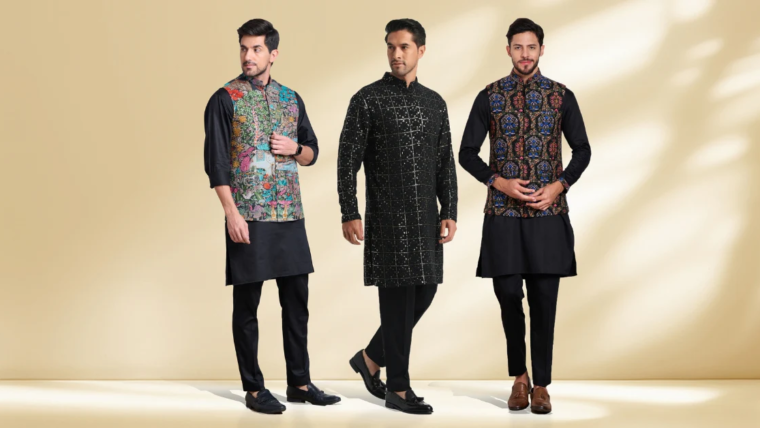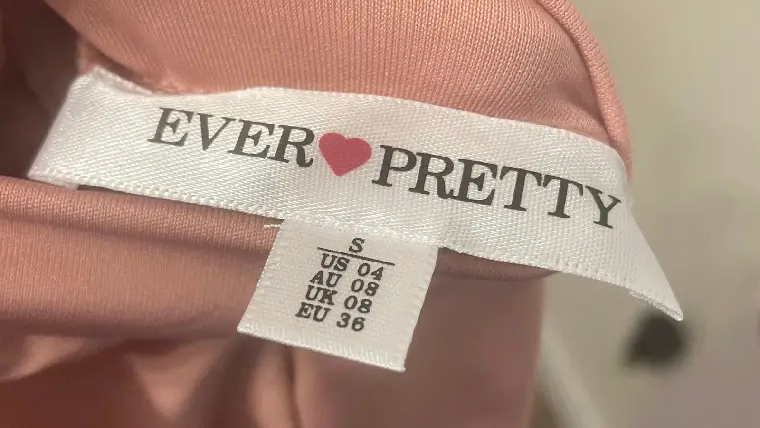Fashion, like an ever-evolving kaleidoscope, weaves together threads of culture, history, and personal expression. From the vibrant hues of the 80s to the minimalist chic of the 90s, each era leaves an indelible mark on the canvas of style. As we delve into vogue, let’s explore how trends transcend time and define our sartorial choices.
What Defines Fashion?
Fashion isn’t just about clothing; it’s a narrative of self-expression and societal reflection. Over centuries, what we wear has mirrored our aspirations, beliefs, and the zeitgeist of our times. From ancient civilizations’ opulence to modern youth’s rebellious spirit, trend speaks a universal language.
Evolution of Fashion Trends
Fashion trends evolve with society, adapting to cultural shifts and technological advancements. The journey from handcrafted garments to mass-produced collections reflects our changing lifestyles and aspirations. Each era, from the Renaissance to the Industrial Revolution, has shaped how we dress and perceive ourselves.
From Historical Roots to Modern Influence
The roots of modern fashion can be traced back to ancient civilizations like Egypt and Mesopotamia, where clothing denoted social status and cultural identity. As societies evolved, so did vouge, becoming more than just a necessity but a statement of artistic expression.
Impact of Cultural Shifts on Fashion
The swinging 60s brought a wave of liberation and self-expression, epitomized by mini skirts and psychedelic prints. Conversely, the grunge era of the 90s embraced a raw, anti-vouge sentiment, influencing generations with its casual aesthetic.
Components of Fashion
At its core, fashion comprises clothing, accessories, and the art of styling. These elements combine to create unique personas and reflect individual tastes and preferences. Whether you prefer haute couture or streetwear, vouge offers a canvas for creativity and self-discovery.
Clothing as a Form of Expression
Your wardrobe tells a story. It speaks of your mood, aspirations, and cultural affiliations. A well-tailored suit exudes confidence, while a flowing dress whispers elegance. Every garment you choose is a brushstroke on the canvas of your identity.
Accessories and Their Role
From statement jewelry to iconic handbags, accessories add flair and personality to your ensemble. They punctuate your look, transforming a simple outfit into a trend statement. Whether you opt for timeless classics or avant-garde pieces, accessories are the exclamation point of your style.
Exploring 80s Fashion Trends
The 80s were an era of excess and bold style statements. Neon colors, exaggerated silhouettes, and power dressing defined the decade’s aesthetic. Influenced by music icons like Madonna and Michael Jackson, 80s fashion was a celebration of individuality and glamour.
Neon Colors and Bold Patterns
Fashion in the 80s was a riot of color and pattern. Neon hues dominated the runway, reflecting the era’s vibrant energy and optimism. From neon leggings to oversized blazers, every garment screamed for attention, challenging traditional norms of style.
Influence of Music and Icons
Musical icons played a pivotal role in shaping the 80s trend. Madonna’s provocative style inspired lace gloves and layered jewelry, while Michael Jackson’s iconic red leather jacket became a symbol of pop culture rebellion. The style became a performance art, blurring the lines between stage and street.
Rise of 90s Fashion Trends
The 90s witnessed a shift towards minimalism and grunge, contrasting sharply with the opulence of the previous decade. From plaid shirts to ripped jeans, the 90s trend embraced a casual, anti-establishment aesthetic influenced by music, movies, and youth subcultures.
Grunge and Minimalism
Grunge fashion emerged from Seattle’s underground music scene, characterized by flannel shirts, combat boots, and unkempt hair. It was a rejection of mainstream style, embracing authenticity and individuality over glamour and polish. The minimalist trend, on the other hand, favored clean lines and understated elegance, epitomized by Calvin Klein’s iconic designs.
Influence of TV and Movies
TV shows like “Friends” and movies like “Clueless” became fashion touchstones of the 90s, influencing millions with their iconic characters and wardrobes. From Rachel Green’s layered outfits to Cher Horowitz’s preppy chic, these fictional personas shaped fashion choices and trends for a generation.
The Influence of Social Media on Fashion
In the digital age, social media platforms have revolutionized how fashion trends are created, shared, and consumed. Instagram influencers and fashion bloggers have become tastemakers, wielding immense influence over millions of followers.
Impact of the Digital Age on Fashion Trends
Social media platforms like Instagram and TikTok have democratized fashion, allowing anyone with a smartphone to become a trendsetter. Viral challenges and hashtag movements propel trends from niche communities to global phenomena overnight, challenging traditional fashion gatekeepers.
Rapid Dissemination of Trends
What starts as a street-style snap in Tokyo can inspire runway collections in Paris within days. Social media accelerates the fashion cycle, transforming trends from seasonal to instantaneous. Fashion brands must now navigate a landscape where relevance and visibility are as important as craftsmanship and creativity.
Local Fashion Scene
Amidst global brands and online shopping giants, local fashion stores offer a unique shopping experience rooted in community and craftsmanship. Whether you’re searching for bespoke tailoring or handcrafted accessories, supporting local designers fosters creativity and sustains cultural heritage.
Finding Clothing Stores Near Me
In the era of digital convenience, discovering unique clothing stores near you enriches your shopping experience. Local boutiques often offer curated selections and personalized service, ensuring you find pieces that resonate with your style and values.
Importance of Local Boutiques
Local boutiques are more than just retail spaces; they are cultural hubs where creativity thrives and personal connections are made. By supporting local boutiques, you contribute to the vibrancy of your community and celebrate the artistry of independent designers.
Fashion’s Economic Impact
The fashion industry is not only a creative powerhouse but also a significant economic driver, contributing billions to global GDP and employing millions worldwide. From design studios to retail outlets, fashion sustains a vast ecosystem of talent and innovation.
Contribution to the Global Economy
Fashion’s economic impact extends beyond retail sales to encompass manufacturing, logistics, and marketing. In countries like Italy and France, mania is a cornerstone of national identity and a major export industry, showcasing the economic power of style and craftsmanship.
Conclusion
In conclusion, Fashion is a dynamic reflection of culture, history, and individual expression. From the vibrant trends of the 80s to the understated styles of the 90s, each era has contributed uniquely to the tapestry of fashion. Today, influenced by social media and driven by sustainability, trends continue to evolve, embracing diversity and innovation.




